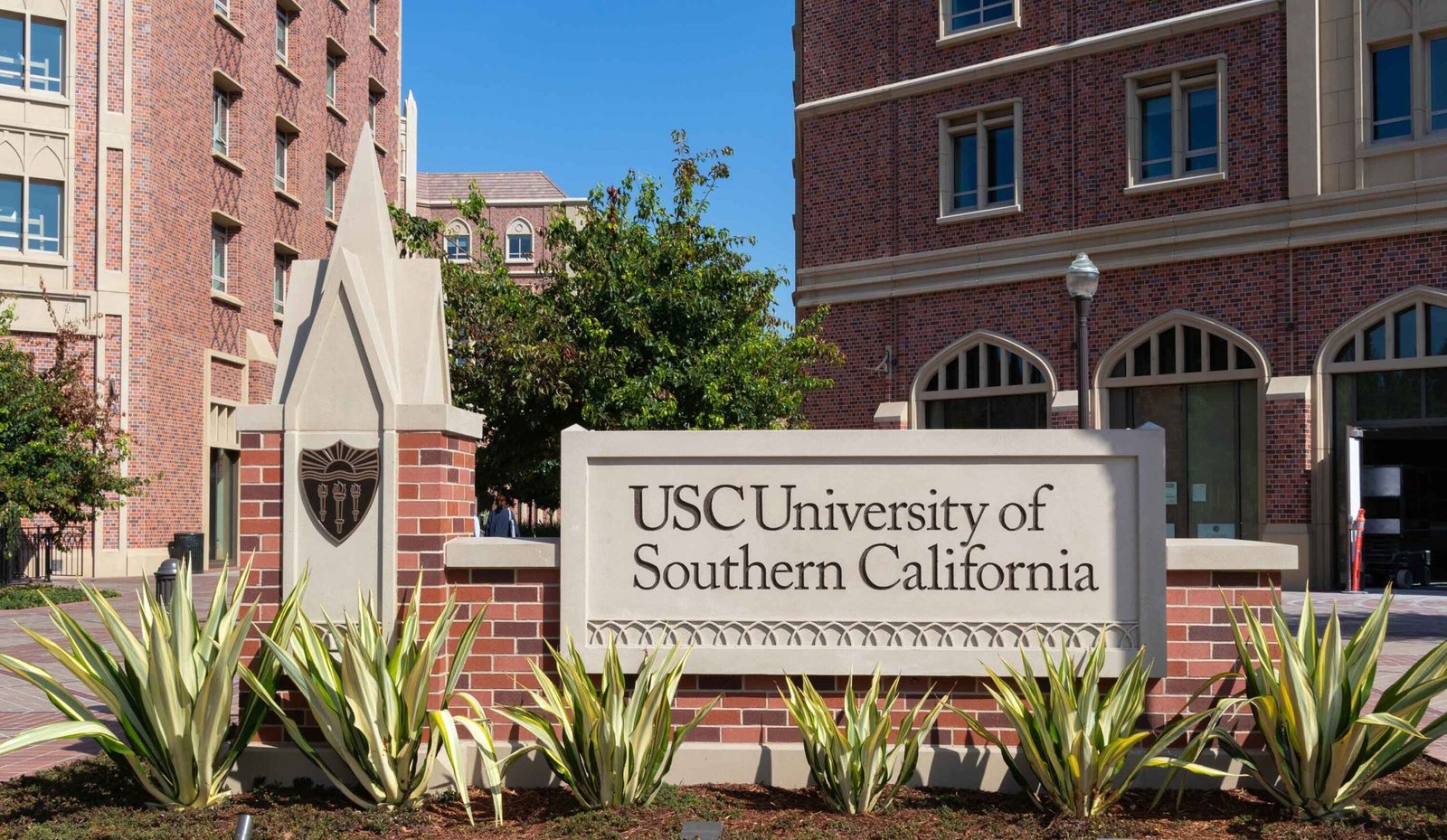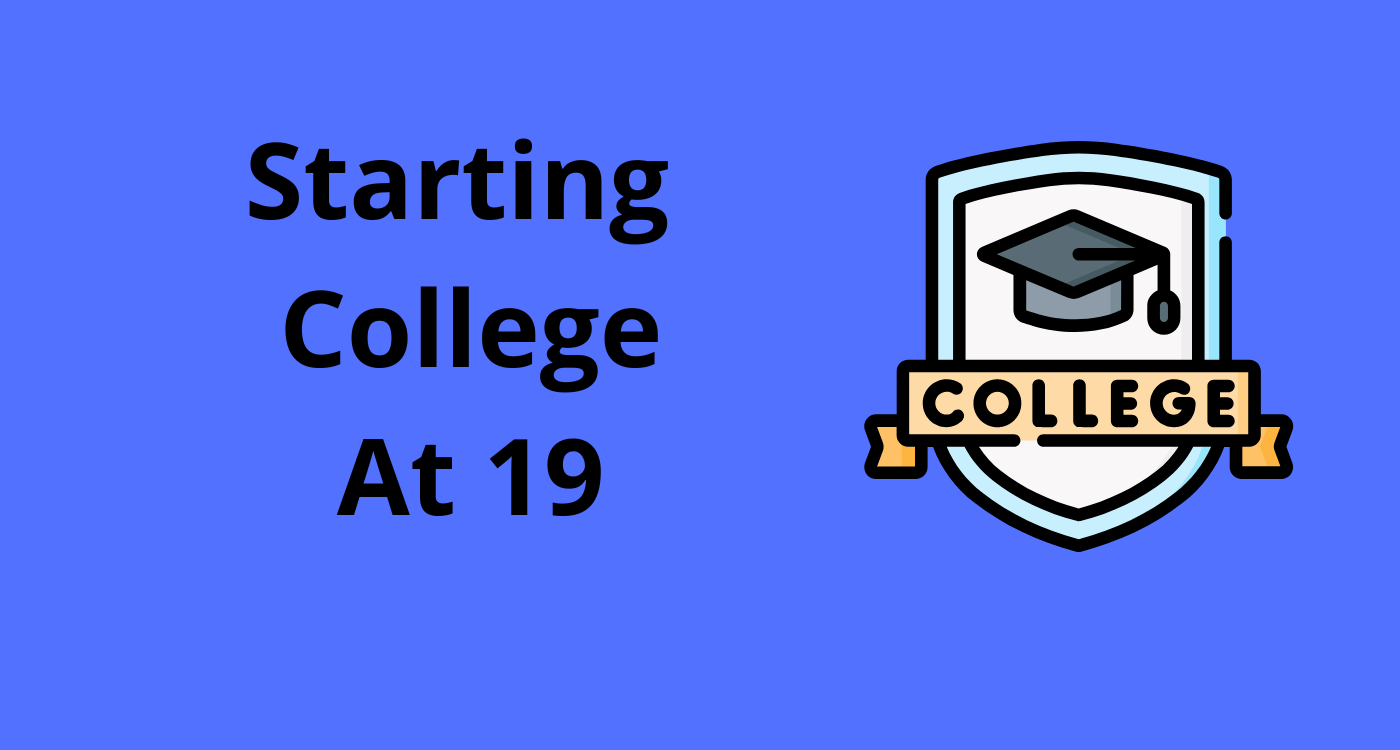More than half of applicants are accepted by the majority of the safety schools for pre-med on the list. Their students have a decent chance of completing their degrees in four years and going on to have prosperous professions. “Super safeties” are the nickname for these schools. Don’t forget to add safety schools for pre-med on your college list.
Having these options is essential in the event that you are turned down by your goal or reach schools. Pre-med applicants should select at least one safety school where acceptance rates are high and their GPA and test scores are on equivalent with those of admitted students.
In this article, we outline the qualities a safety school should have for pre-med students and offer a list of excellent safety schools to take into account while making your college selection.
What Are Safety Schools?
Any college or university where your chances of admission are 80% or above is considered a safe school. Compare your SAT or ACT scores, as well as your GPA, to the average for the school’s student population even though you can never be sure if you’ll be accepted. A college should be deemed a safe bet if you score in the 75th percentile or higher.
In other words, safeties are institutions that typically accept the majority of candidates.
Why Do You Need A Safety School As A Pre-Med?
So why is it necessary for pre-med students to apply to safety schools? There is always a chance that you won’t get into your dream school, regardless of how excellent you believe your application is. It’s also possible that you won’t get into your second or third choices.
Even if you are accepted, unforeseen events may occur that make it difficult (or impossible) for you to attend your top institutions. This goes beyond a mere rejection. Changes in income, personal crises, and family emergencies can all result in last-minute adjustments and more when it comes to attending college. Safety schools for pre-med students are essential for all of the above reasons and more.
It’s better to have multiple safety schools, which is why we refer to them as such. You want options in case you have to attend a school that is not among your top choices. It’s vital to prepare to apply to multiple safety schools. We’ll discuss how to choose safety schools in more detail in the part after this one. The objective is to enter college, and a safety school is far superior to none at all.
Although they sometimes have a negative reputation, safeties are frequently excellent schools. On your choices of pre-med institutions, include at least two safety schools just in case.
How To Choose Safety Schools For Pre-Med
Now that you are aware of the significance of “safety schools,” let’s discuss how to choose the best ones for you.
Note: Your safety schools are those that you might imagine yourself attending IF ONLY you were accepted there (and no other schools on your list). These are public, in-state colleges for many applicants, with better acceptance rates and more affordable tuition. Safety schools also include smaller, less well-known private colleges and universities. Consider alternative colleges in the area or those with comparable student populations if your ideal pre-med school is in the northeast.
- Spend some time figuring out what your dream safety school would look like. Price should be your primary consideration. Even in the worst-case scenario, you should be able to afford a safety school. You don’t want to get accepted to safety colleges that are out of your price range, so research rankings and tuition costs.)
- Check the prerequisites for tuition next. Make sure your GPA, test scores, and other indicators are higher than those of current students at each safety institution you’re applying to.
- Last but not least, give place and culture some thought. Students frequently choose safety schools that are nearby their homes. By having options, some people also diversify their portfolios.
Applying to safety schools for pre-med requires the same amount of effort as applying to any other school. When a student doesn’t care about being accepted, admissions personnel can tell. Give your best effort.
How Many Safety Schools For Pre-Med Do You Need?
In total, you should apply to 8–12 schools, with at least a few of those being safety schools. A well-rounded school list comprises 4-5 target schools, 2-3 reach schools, and 2-3 safety schools for pre-med students. A safe school should have a 75%+ acceptance rate, while target or reach schools should only have a 50%–25% acceptance rate. Having a balanced school list with enough safety and target schools is especially crucial in light of COVID-19 test-optional rules and decreasing acceptance rates at premium institutions.
Best Safety Schools For Pre-Med
- Pepperdine University (Malibu, CA)
Pre-health and pre-medicine instruction and counseling are provided at Seaver College, a Pepperdine undergraduate college.
One of the prettiest college places one could imagine is Pepperdine, which is perched above the Pacific Ocean in Malibu.
Pre-health and pre-medicine instruction and counseling are provided at Seaver College, a Pepperdine undergraduate college.
The Pre-Health and Pre-Medicine programs at Seaver are effective, with an acceptance rate to medical programs of 89% following graduation.
The Seaver Pre-Health curriculum includes a Career Center, a Volunteer Center, and research opportunities. This program is incredibly helpful for those interested in attending medical school because of the student groups, guest speakers, and help with Letters of Recommendation.
Since Pepperdine University was founded as a Church of Christ university, there is still a big emphasis on spiritual practice in everyday student life. Alongside students, Spiritual Life Advisors reside in the dorms, and frequent spiritual retreats are provided.
- Pomona College (Claremont, CA)

Pomona College has a high acceptance rate for medical schools, with an average admission rate of 85% among their Pre-Health grads.
They also map out the specific Pomona classes that meet the most prevalent criteria for admission to medical school. Their approach encourages students to get familiar with the general competencies medical schools want to see in application papers.
Pomona Pre-Health provides its students with a benefit by giving them access to a wealth of manuals, worksheets, and planning resources.
The Pomona method is tactical and strategic, yet also individualized and adaptable. Students with good organizational abilities or those who want a clear matrix of objectives and performance standards will find the Pre-Health guidance and tools presented here useful.
Many pre-health students spend their summers working with City Year or as volunteers at Pomona’s Draper Center.
- University of Southern California (Los Angeles, CA)

The Office of Pre-Health Advisement is a service offered by the Dornsife College of Letters, Arts, and Sciences at the University of Southern California to aspiring medical students. Current students and graduates who choose to apply to medical school after graduation are served by the office.
The Office of Pre-Health Advisement at USC promotes interaction between students and teachers, fostering the development of a community of health-focused learners. The Office of Pre-Health offers a variety of services, including curriculum planning, major and minor choice, application review, access to volunteer activities, and individual support.
The Office of Pre-Health offers courses on interview techniques, personal statement writing, and other subjects to help students make the most of their approach to their med school application once they are in the application process.
USC is a big-city school that draws upon a wealth of resources both on and off campus because it is located in the heart of Los Angeles. USC Dornsife has several alternatives for a pre-health applicant with core research centers in Neuroscience and Cell and Molecular Imaging.
- UCSD University of California, San Diego (San Diego, CA)

The Pre-Health program at the University of California, San Diego assists students on many career routes and provides advice for those students who are preparing to apply to medical school through their Career Center. Numerous career paths have their own advising tracks, including those in medical, dentistry, optometry, nursing, veterinary medicine, and physician’s assistant.
Pre-Health at UCSD assists students with the application process, entrance exam preparation, and even financial planning. Students are kept on pace for graduation and admission to professional programs through step-by-step coaching.
Like many universities, UCSD advises taking a year off between undergraduate studies and the majority of medical programs.
Students can network, locate jobs, and get support from peers during the application process thanks to events and workshops. Students can seek assistance with specific tasks like writing cover letters and resumes.
Students are encouraged to use self-evaluation instruments, such as the Myers-Briggs Type Indicator, to help them decide how to effectively showcase their skills and abilities in their written applications and interviews.
- Santa Clara University (Santa Clara, CA)

Over the past 20 years, Santa Clara’s Pre-Health Advising program has helped over 200 alumni gain admission to more than 60 different medical schools, including esteemed institutions like Duke, Stanford, and Johns Hopkins.
A candidate’s experience can significantly improve their profile for medical school. Santa Clara assists students in selecting projects that will foster their passions and benefit the neighborhood.
The Pre-Health Advisors have ideas that pre-med students might not be aware of or know how to pursue, from beginning undergraduate research projects with faculty members to working as a medical scribe.
Numerous student organizations at Santa Clara focus on the healthcare industry. A campus organization like Women in Medicine or Global Medical Bridges can help undergraduates form lifetime friendships and develop a pattern of interests for a med school application .
Since Santa Clara is a Jesuit institution with an 11:1 faculty-to-student ratio, students may anticipate good campus mentoring and academics that are individualized.
Students are drawn to the Bay Area because of its natural beauty and proximity to San Francisco.
Conclusion
The top safety schools for pre-med may not be everyone’s top picks, but they are fantastic fallback choices when applying to colleges. A safety school is exactly what? An excellent safety school frequently offers equivalent academic programs and is easier to get into than a prestigious university. Having a list of good safety schools that you might consider attending is always a good idea, especially as college admissions get more difficult.
You should always conduct your research before choosing a location, whether you’re looking for the top pre-med safety schools nearby or beyond.
Frequently Asked Questions (Faqs)
What Are Safety Schools?
Any college or university where your chances of admission are 80% or above is considered a safe school. Compare your SAT or ACT scores, as well as your GPA, to the average for the school’s student population even though you can never be sure if you’ll be accepted.
How Many Safety Colleges Should One Apply To?
In general, admissions advisors advise applying to 10 to 12 colleges, with two or three serving as safety school options and the remaining universities falling into the target or reach categories.
You can also read up on How to find and apply for scholarship?








